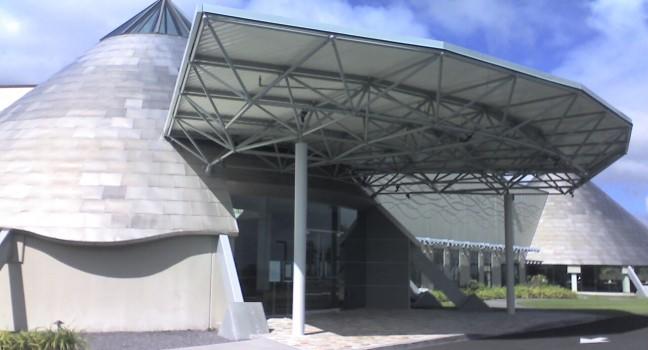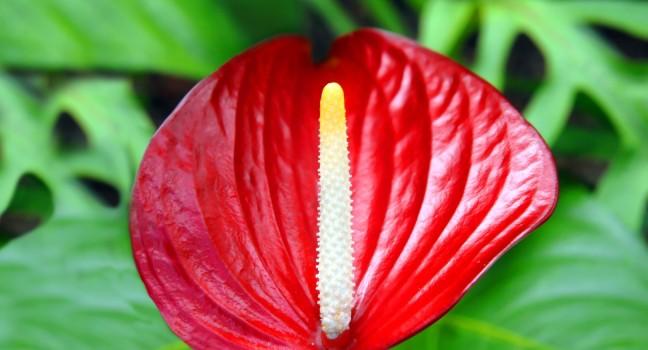Hawaii Tropical Bioreserve & Garden
Stunning coastline views appear around each curve of the 4-mile scenic jungle drive that accesses this privately owned nature preserve next to Onomea Bay. Paved pathways in the 17-acre botanical garden lead past ponds, waterfalls, and more than 2,000 species of plants and flowers, including palms, bromeliads, torch ginger, heliconia, orchids, and ornamentals. The garden is well worth a stop, and your entry fee helps the nonprofit preserve plants, seeds, and rain forests. Trails can get slippery when it's raining.





